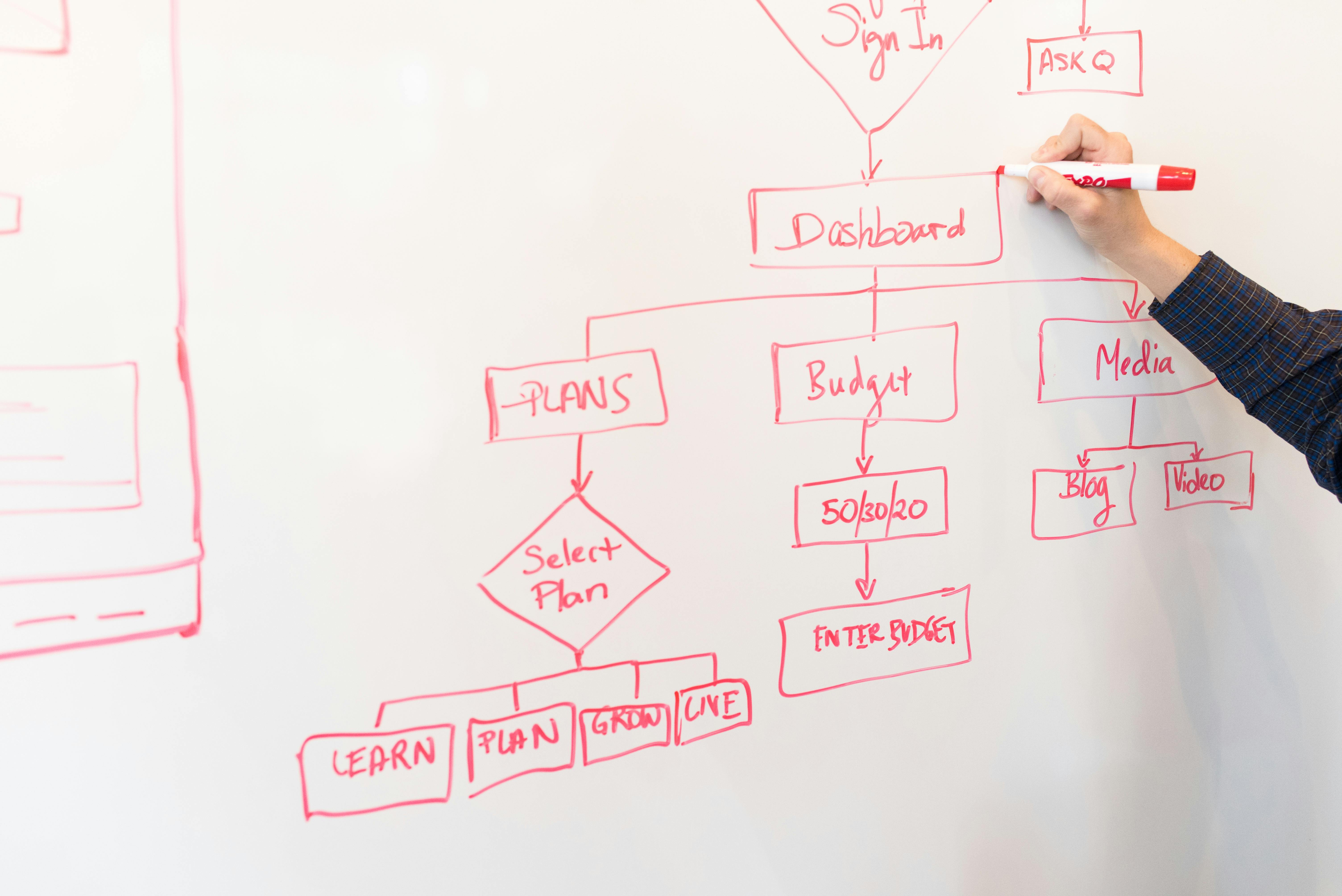How to Nurture Employee Engagement and Productivity
As we have discussed in previous posts in today’s competitive business environment, it is more important than ever to create a positive employee experience. A positive employee experience can lead to increased employee engagement, productivity, and retention.
There are many factors that contribute to a positive employee experience. Some of the most important factors include: meaningful work, clear goals and expectations, regular feedback and others which we will explore further.
The Significance of a Positive Employee Experience
In an era where talent acquisition and retention have become formidable challenges, the concept of a positive employee experience (EX) has taken center stage. It’s more than just a catchphrase; it’s a strategic approach that can significantly impact an organization’s performance and success.
A positive employee experience goes beyond merely ensuring that employees are content; it aims to create an environment where employees thrive; it is the foundation for a successful company.
1. Enhanced Employee Engagement
Employee engagement is the emotional commitment an employee has toward their organization. A positive EX can boost engagement by making employees feel more connected to their work, colleagues, and the company’s mission. Engaged employees are more likely to go the extra mile, driving innovation and productivity.
2. Increased Productivity
When employees find meaning in their work and feel supported by their organization, they tend to be more productive. They are driven by a sense of purpose and motivation, resulting in higher-quality output and efficiency.
3. Attraction of Top Talent
In today’s competitive job market, organizations that prioritize employee experience have a distinct advantage in attracting and retaining top talent. Job seekers increasingly consider workplace quality alongside compensation and benefits.

The Role of HR in Shaping Employee Experience
Human Resources (HR) professionals play a pivotal role in designing, implementing, and maintaining a positive employee experience. They are responsible for creating policies, programs, and initiatives that align with organizational goals and values.
1. Employee Onboarding
Effective onboarding sets the stage for a positive employee experience from the beginning. HR can design onboarding programs that introduce new hires to the company culture and expectations.
2. Training and Development
HR should provide opportunities for skill development and career advancement. Offering training programs and access to resources can help employees grow and feel invested in their professional development. In the future, employers must leverage AI-driven career pathing, prescriptive learning, and insights-driven coaching to foster talent growth and innovation in the workplace.
3. Employee Engagement
HR can lead initiatives to enhance employee engagement, such as organizing team-building activities, fostering communication, and recognizing employee contributions.
4. Benefits and Wellbeing
HR can design comprehensive benefits packages that support employee wellbeing, including healthcare options, mental health resources, and wellness programs.
5. Diversity and Inclusion
Promoting diversity, equity, and inclusion (DEI) is a critical aspect of a positive employee experience. HR can implement DEI initiatives and policies that create a more inclusive workplace.
The Essential Ingredients for a Positive Employee Experience
Crafting a positive employee experience is akin to preparing a well-balanced recipe for organizational success. As we delve into each of these crucial components, you’ll gain valuable insights into how to foster a positive employee experience within your organization.
1. Meaningful Work
At the heart of a positive employee experience lies the concept of meaningful work. Employees want to feel that their contributions matter, that they are making a difference, and that their daily tasks are aligned with a broader purpose. Meaningful work inspires a sense of pride and fulfillment, driving motivation and engagement.
2. Clear Communication
Effective communication is the backbone of any thriving workplace. Employees need clear and transparent communication channels that keep them informed and engaged. Open lines of communication not only foster trust but also ensure that employees are well-informed about organizational goals and expectations.
3. Regular Feedback Loops
Feedback is the compass that guides personal and professional growth. Employees seek constructive feedback on their performance, helping them identify areas for improvement and celebrate their achievements. Establishing regular feedback loops empowers employees to excel and stay connected with their roles. As per a Zippia study, 69% of employees contemplating leaving their jobs indicated that receiving recognition and rewards would sway them to remain in their current positions.
4. Growth and Development Opportunities
Organizations that invest in their employees’ growth, take the rewards of a skilled and motivated workforce. Offering opportunities for skill development, career advancement, and personal growth not only benefits individual employees but also contributes to the organization’s long-term success.
5. Supportive Work Environment
A supportive work environment is one where employees feel valued, respected, and supported by their managers and colleagues. Fostering a sense of belonging and inclusivity enhances job satisfaction and creates a strong sense of community within the workplace.
6. Work-Life Balance
Organizations that respect this balance empower employees to manage their personal lives while excelling in their professional roles. A harmonious work-life balance fosters happiness and productivity. Restricting the balance can cause irritability and anxiety up to 75% in employees leading to more serious problems.
Conclusion
As we embark on this exploration of creating a positive employee experience, we will delve deeper into each of the key elements mentioned above. We will uncover practical strategies and best practices for nurturing engagement, productivity, and retention within your organization.
Stay tuned for upcoming posts that will address the individual elements of a positive employee experience and other HR trends of 2024.
Our pursuit of a better workplace begins now!








